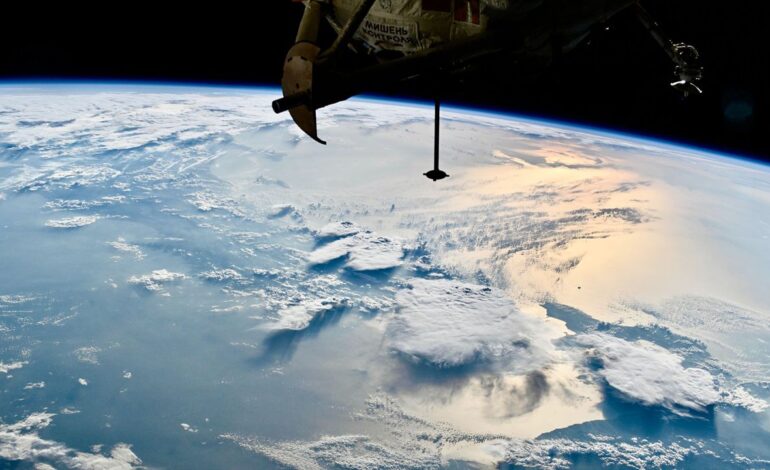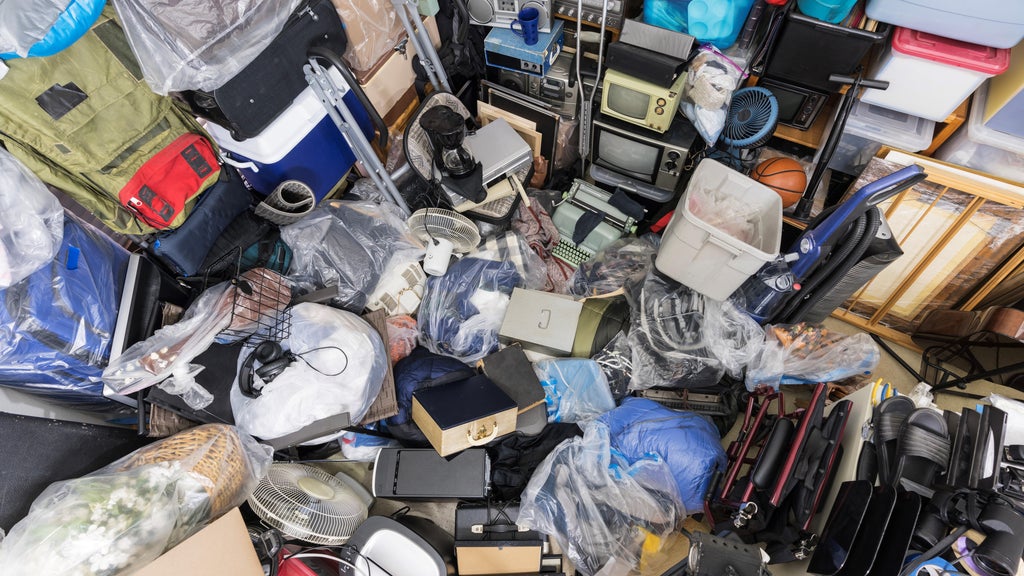Astronauts Advance Research Amid U.S. Government Shutdown

The crew aboard the International Space Station (ISS) continued their scientific research and maintenance activities during the U.S. government shutdown from September 29 to October 3, 2025. Despite the challenges posed by the shutdown, the astronauts remained focused on critical experiments and station upkeep.
Scientific Endeavors in Microgravity
Among the noteworthy research conducted this week, NASA astronaut Jonny Kim activated the State-of-the-art Humidity Removal in Microgravity Payload (SHRIMP). This device is designed to extract moisture from the spacecraft’s atmosphere, enabling its reuse, which is essential for long-duration space missions.
Another significant experiment was carried out by Mike Fincke, who installed a new apparatus known as Heat Transfer Host 2. This experiment aims to study the condensation process as gas transitions to liquid. Insights from this research could enhance thermal systems for crewed spacecraft destined for deep-space exploration.
Additionally, Zena Cardman contributed to the ADvanced Space Experiment Processor-4 by installing new sample cassettes. This study focuses on manufacturing medicines in microgravity, which could lead to breakthroughs in pharmaceuticals.
Maintenance and Future Preparations
In addition to their research efforts, the Expedition 73 crew participated in essential maintenance of the ISS systems. Mike Fincke and Jonny Kim worked on the Fluid Science Laboratory, a European Space Agency (ESA) device aimed at understanding the physics of fluids in microgravity. They replaced electrical cables and prepared components for upcoming experiments.
Fincke also installed the TransAstra Fly Trap Capture Bag Demo into the NanoRacks Bishop airlock. This test aims to evaluate the bag’s ability to contain and capture space debris, a growing concern in low Earth orbit.
Furthermore, Kimiya Yui, a JAXA astronaut, updated the Electrostatic Levitation Furnace. This device employs lasers to heat materials to extreme temperatures, allowing researchers to gather data on the thermo-physical properties of various samples.
As of October 3, 2025, the ISS is home to seven crew members: Sergey Ryzhikov (Expedition 73 commander) and fellow cosmonauts Alexey Zubritsky and Oleg Platonov from Roscosmos, along with NASA astronauts Jonny Kim, Zena Cardman, and Mike Fincke, and JAXA’s Kimiya Yui.
Currently, two crewed spacecraft are docked: SpaceX’s Dragon “Endeavour” and Roscosmos’ Soyuz MS-27. There are also four cargo spacecraft, including Roscosmos’ Progress MS-31 and Progress M-32, SpaceX’s CRS-33 Dragon, and Northrop Grumman’s NG-23 Cygnus XL, named “SS William C. ‘Willie’ McCool.”
As of now, the ISS has been continuously crewed for an impressive 24 years, 11 months, and 1 day, marking a significant milestone in human space exploration.






